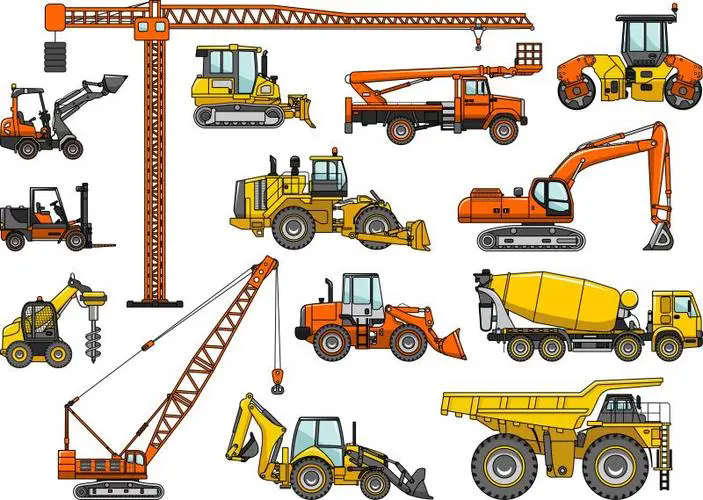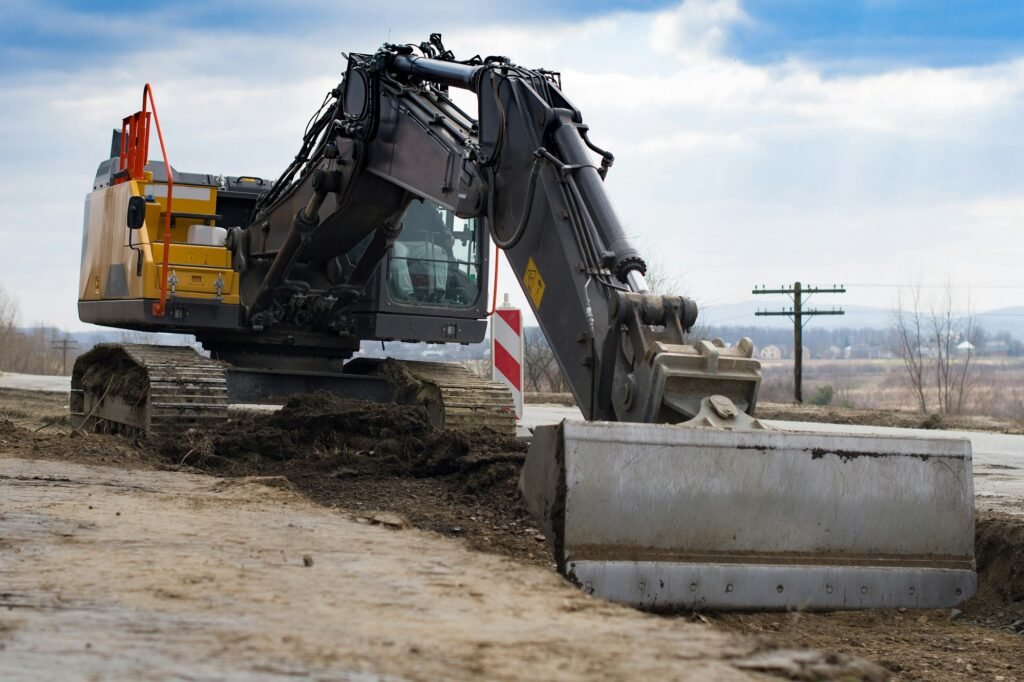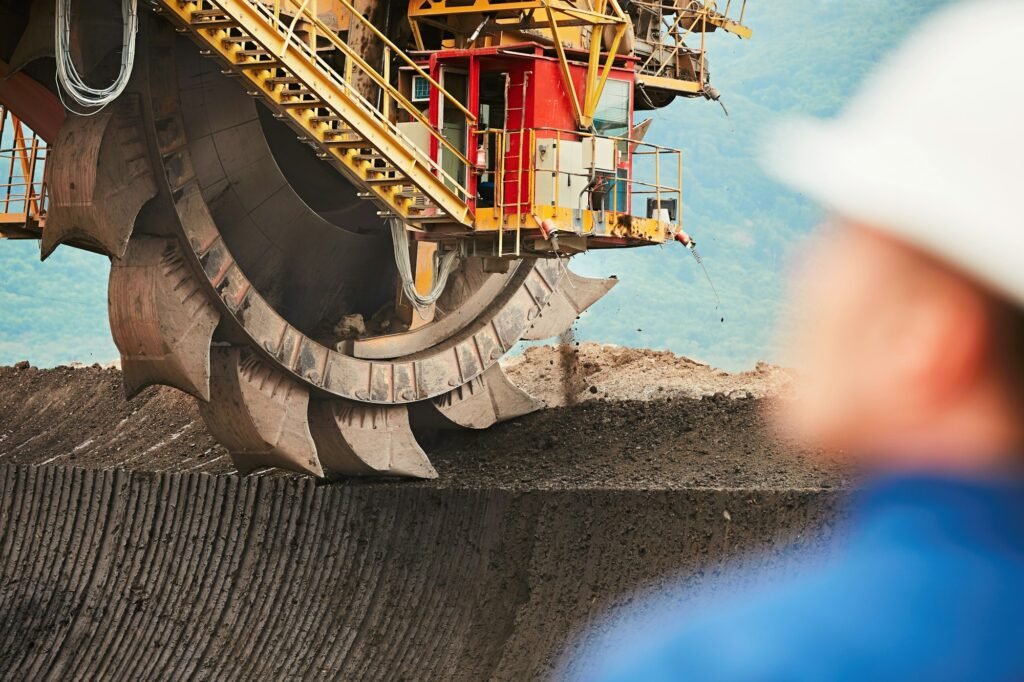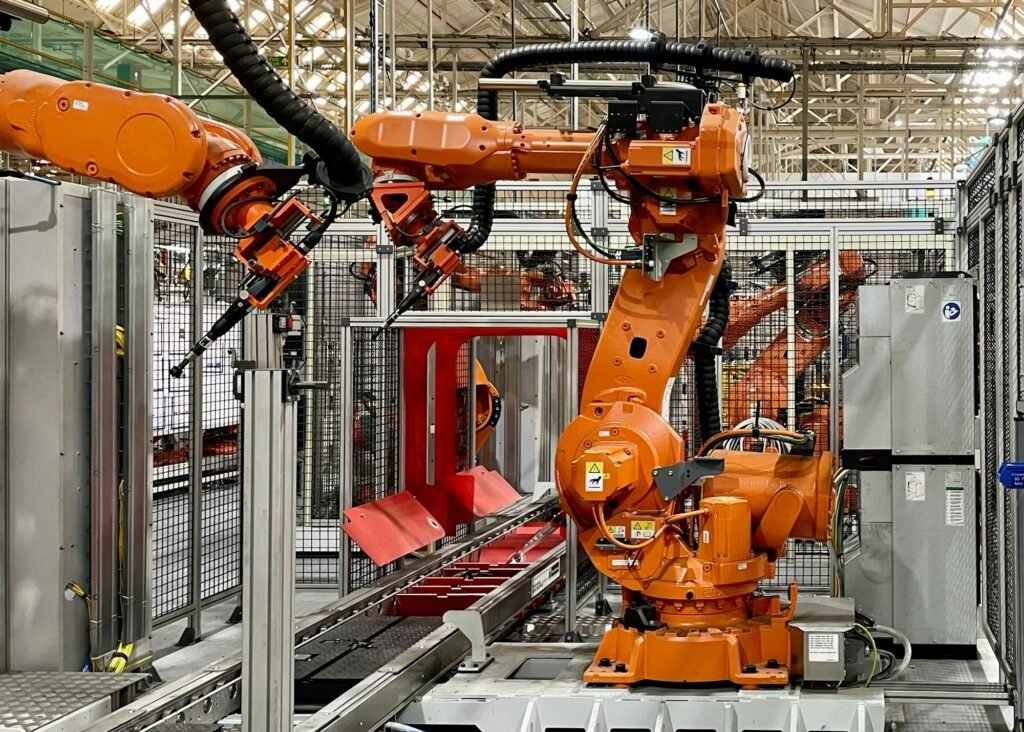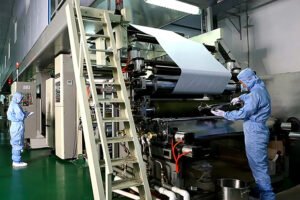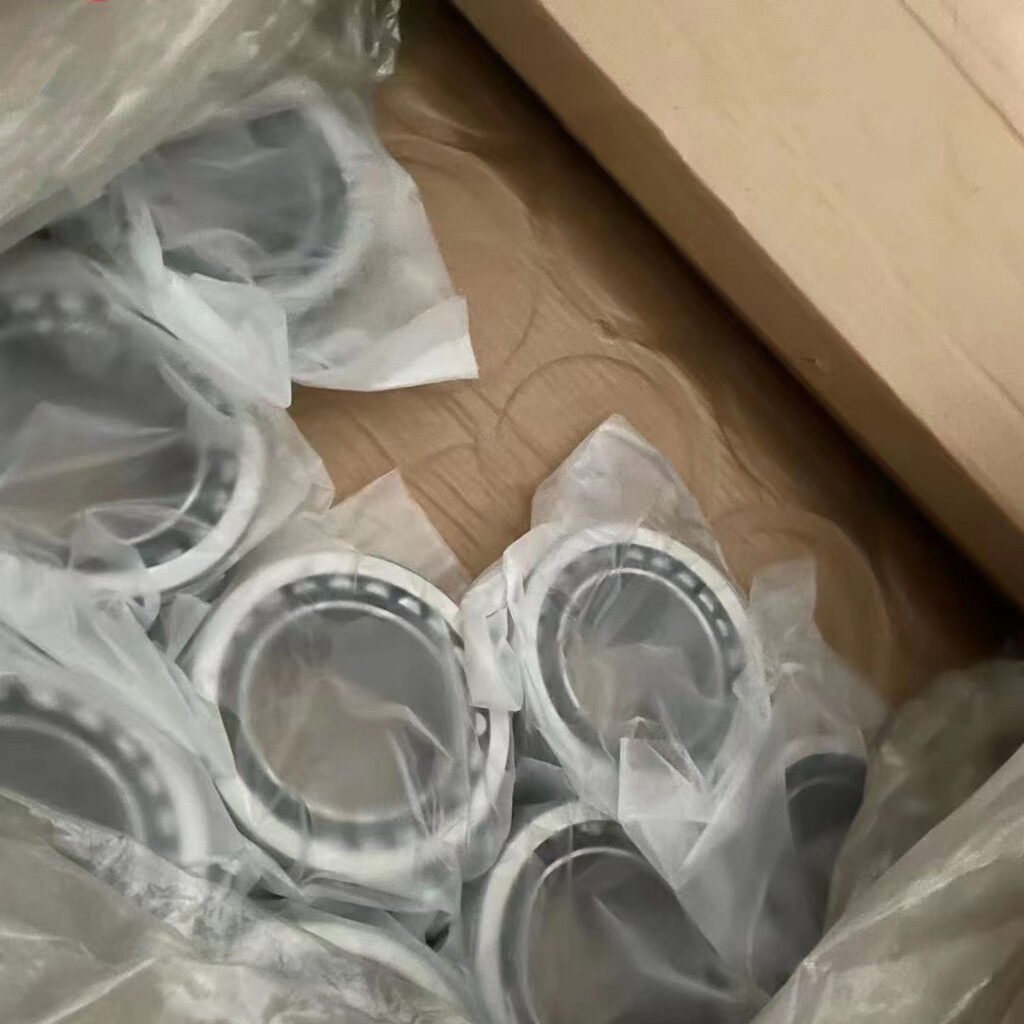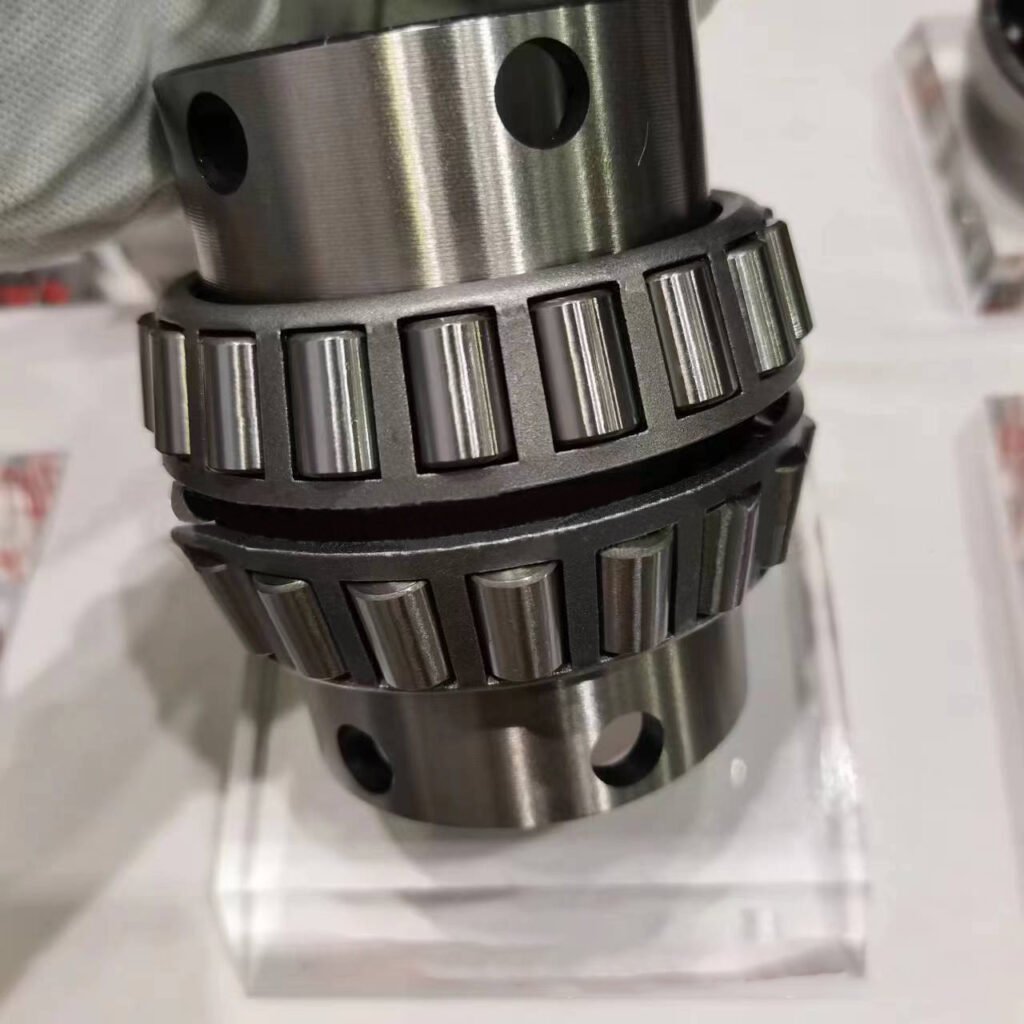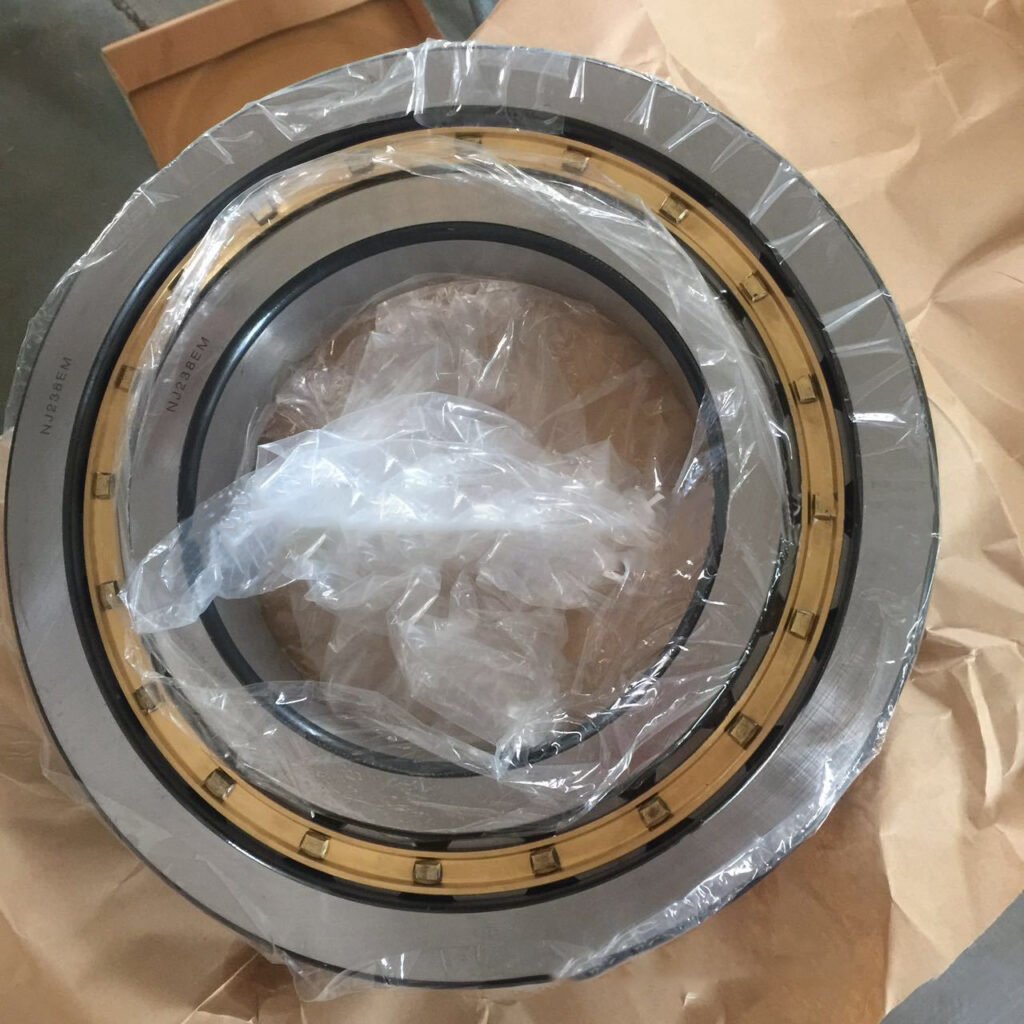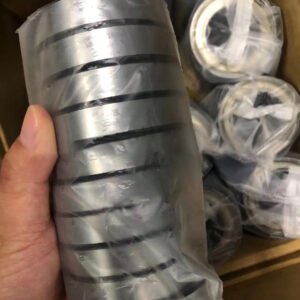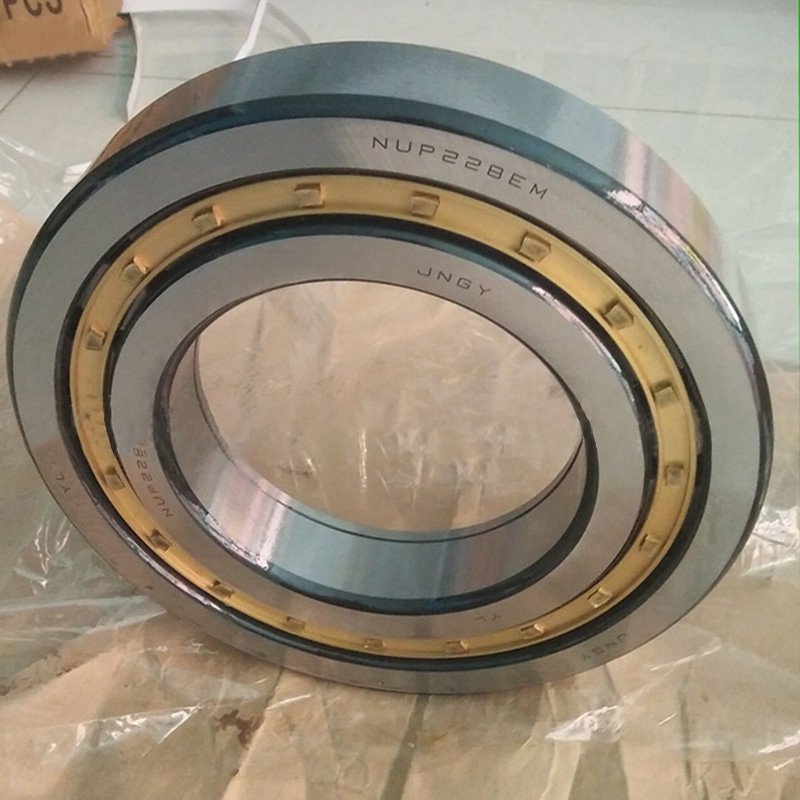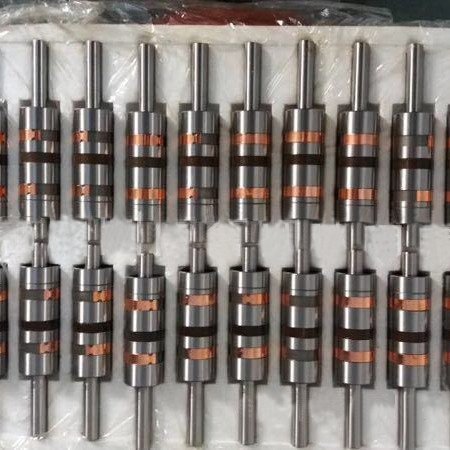Angular contact ball bearings are a type of bearing commonly used in reducer equipment. They have the advantages of strong load-bearing capacity, high precision, and high speed, and can meet the performance requirements of the reducer equipment. After selecting the appropriate angular contact ball bearing model, it must be installed correctly to make the bearing work stably. So how to install the angular contact ball bearings for reducers? This guide will introduce professional knowledge, please continue reading.

Angular contact ball bearings
Installation methods for angular contact ball bearings for reducers
Method 1: Back-to-back installation, the wide end faces of the two angular contact ball bearings are placed opposite each other, and the contact angle of the bearings spreads along the direction of the rotation axis. This installation method can increase the radial and axial support angle rigidity, and the anti-deformation ability is relatively large.
Method 2: Face-to-face installation, the narrow end faces of the two angular contact ball bearings are installed opposite each other, and the contact angle of the bearings converges toward the direction of the rotation axis. The support angle rigidity is smaller than the back-to-back method. However, since the inner ring of the bearing extends out of the outer ring, the two outer rings are pressed together, and the original gap of the outer ring is eliminated, which can effectively increase the bearing preload.
Method 3: Install in series, with the wide end faces of the two bearings in the same direction, and the contact angles of the bearings in the same direction and placed in parallel, so that the two bearings can share the load in the same direction. However, in order to ensure the axial stability of the bearings, the two pairs of series-arranged bearings must be installed opposite each other at both ends of the main shaft.
Steps for installing angular contact ball bearings for reducers
1. Install the bearing seat and follow the relevant technical instructions to ensure that the matching dimensions of the bearing seat and the bearing meet the design requirements.
2. Apply pressure evenly on the circumference of the end face of the ring, and the ring can be pressed into the main shaft. Do not use tools such as hammers to hit the end face of the bearing to avoid damaging the bearing. If the interference of the angular contact ball bearing is large, you can use an oil bath or heater to heat the bearing. The heating temperature should be controlled between 80℃ and 100℃, not exceeding 120℃. After the temperature is suitable, it can be installed well.
3. After the bearing is installed, look at the size of the interference and the operating conditions, adjust the clearance, and perform a test verification if necessary.
4. Use appropriate fasteners to fix the bearing to the seat hole, not too tight or too loose. Lubricant can be applied to the bearing surface to further reduce friction resistance and reduce the wear problem of the angular contact bearing of the reducer.
5. After installation, rotate the shaft or bearing box to see if there is any stagnation when the bearing runs at low speed, then gradually increase the rotation speed and load, and detect the working noise, vibration and temperature rise.
VKUKEN reminds that the installation of the angular contact ball bearing of the reducer has a great impact on the working stability of the equipment. It must be carefully installed and debugged. If you encounter installation and use problems, you can consult the VKUKEN technical team. We will provide installation video introduction or appropriate safety debugging suggestions.

